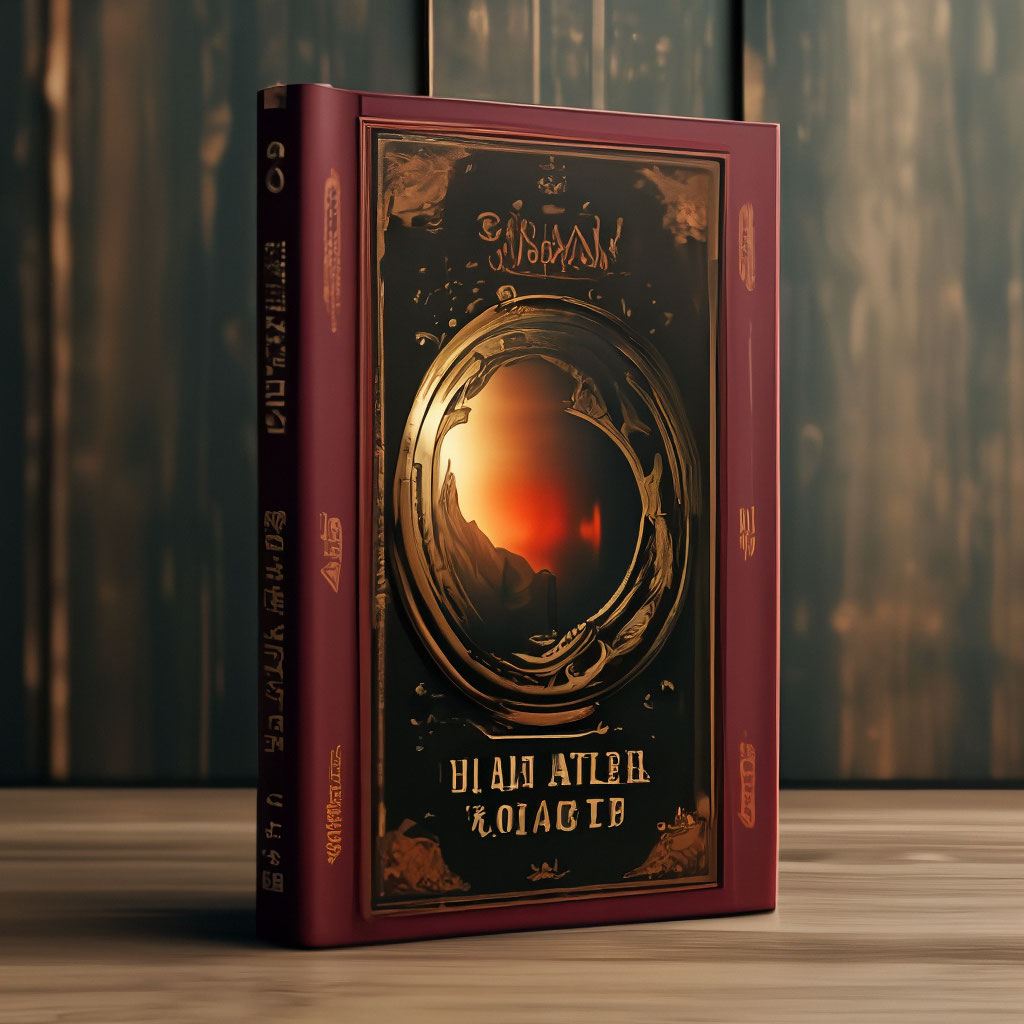Excerpt from Braille Review, Vol. 12
They may also be divided into groups; viz., those which can be read and not written, and those which can be read and written. All types except those which are purely point types belong to the former group, while all the point types may be grouped in the latter division. The types which we have mentioned, and others of less importance which we might have named, have fallen into disuse except the point systems (British Braille, American Braille, and New York Point), and Moon"s System. The last-named is largely used by the old and hard-fingered, and especially by those who lose their sight late in life. It bears a traceable resemblance to the Roman letters used by the seeing. As the Moon type cannot easily be written, but only embossed by machinery, it was not taken into account by the Uniform Type Committee. Their investigations were, therefore, devoted to the three point systems, viz.: British Braille, American Braille and New York Point.
The Braille system was introduced into this country and popularised by the late Dr. T. R. Armitage, and the books published by The British and Foreign Blind Association (of which Dr. Armitage was the founder) are embossed exclusively in British Braille.
In the late sixties the New York Point System was perfected in the New York City Institution for the Blind. This system consists of dots only two deep, but having a variable base. About ten years later Mr. J. W. Smith, of America, revised the old Braille Alphabet upon the principle of frequency of recurrence. A certain number only of the letters of the British alphabet were altered, but the difference thus made was sufficient to bring about a variation from British Braille - indeed, to make it another system.
The wastefulness of duplicating books in different systems, and the inconvenience of being obliged to learn two or three types, had been for a long time recognised, and led to the investigation of the relative values of the types by the Uniform Type Committee. The work of this Committee has extended over a period of eight years. They set out to discover or invent a type which would have the following advantages in fullest measure: -
(a) Adaptability;
(b) Legibility;
(c) Economy.
In order to prove the relative value of each of the three punctographic systems, and the weaknesses of any or all of them, it was evidently necessary that a large number of readers in the different systems should be examined. For this purpose Miss L. Pearl Howard and Mrs. E. H. Fowler were appointed investigating agents, and these ladies travelled thousands of miles, visiting forty-eight places and testing some twelve hundred readers, in various parts of the United States, Canada, England, and Scotland. Their itineracy in the two latter countries was arranged by The British and Foreign Blind Association.
About the Publisher
Forgotten Books publishes hundreds of thousands of rare and classic books. Find more at www.forgottenbooks.com
This book is a reproduction of an important historical work. Forgotten Books uses state-of-the-art technology to digitally reconstruct the work, preserving the original format whilst repairing imperfections present in the aged copy. In rare cases, an imperfection in the original, such as a blemish or missing page, may be replicated in our edition. We do, however, repair the vast majority of imperfections successfully; any imperfections that remain are intentionally left to preserve the state of such historical works. Это и многое другое вы найдете в книге Braille Review, Vol. 12 (Classic Reprint)
